Ikat traveled to India from Indonesia, & since then has been welcomed with open arms by artisans and fashion lovers alike.
Like every craft, it too has acquired a desi flavor and has come out with numerous iterations. Sambalpuri Ikat is one of the many and has been produced in great amounts in the western parts of Orissa for ages.
It gets its name from the time of its origin when western Orissa was lovingly called Sambalpur. Although it is popularly known as Sambalpuri Ikat in the designer community it is still referred to as “Bandha” by the rural artisan communities which translate to - tie.
What makes Sambalpuri Ikat different from Pochampally Ikat?
Differing from it’s Telangana sister- Pochampally Ikat, Sambalpuri Ikat uses several dye baths to achieve its motifs while Pochampally is essentially a resist dye technique.
The process follows a tedious regime of tying similar threads together and dipping them in dye and repeating it several times till the patterns emerge on the surface. Unlike other Ikat patterns which are usually blurry and follow an abstract route, Sambalpuri motifs are more defines and acquires a specific shape like that of animals, flowers, Konark wheel, etc.
People Behind the Textile Craft
Although, named after Sambalpur but Bargarh district is best known for its Sambalpuri sarees, which are the first choice of every Oria woman for any special occasion.
Sambalpuri Ikat is mainly produced by the Bhuliya community of Meher tribe, who have been practicing it for generations and have leveled up in terms of innovation as the years went by. The Mehers of Sonepur and Bargarh and the Patras from Nuapatna and Cuttack region are also recognized as major weaving communities.
How can you spot Sambalpuri Ikat?
Unlike other Ikat crafts which display an array of wave-like motifs, Sambalpuri Ikat features defined motifs, which are obtained by precision and patience by the skilled artisans. Most of the designs are cotton-based, making the color seep in deeper and make any attire crafted with it suitable for all weathers. A huge range of motifs are actualized by the weavers like, deer, elephant, duck, and lion, as well as floral designs, the Konark wheel, and the Kumbha or temple motifs, are especially popular.
What one can Design from this Fabric?
Ikat is an inherently sturdy craft making it resistant to heavy and rapid wear-tear which gives it an edge over other crafts. This versatile craft has been successfully styled into dresses, kurtas, jackets, stoles, business suits apart from the renowned Sambalpuri sarees by eminent designers of the industry. Due to its thick texture and interesting patterns, one can swear by Ikat for crafting business casuals, brunch wear, and even footwear, jewelry & bags.
Writing about this craft has certainly struck us with numerous design ideas if you seem to be on the same page as us you can browse for this vibrant yet classy craft at here.
Authored by: Sunidhi Gaur
Follow us on:
Facebook: @Fabriclore
Instagram: @fabriclore

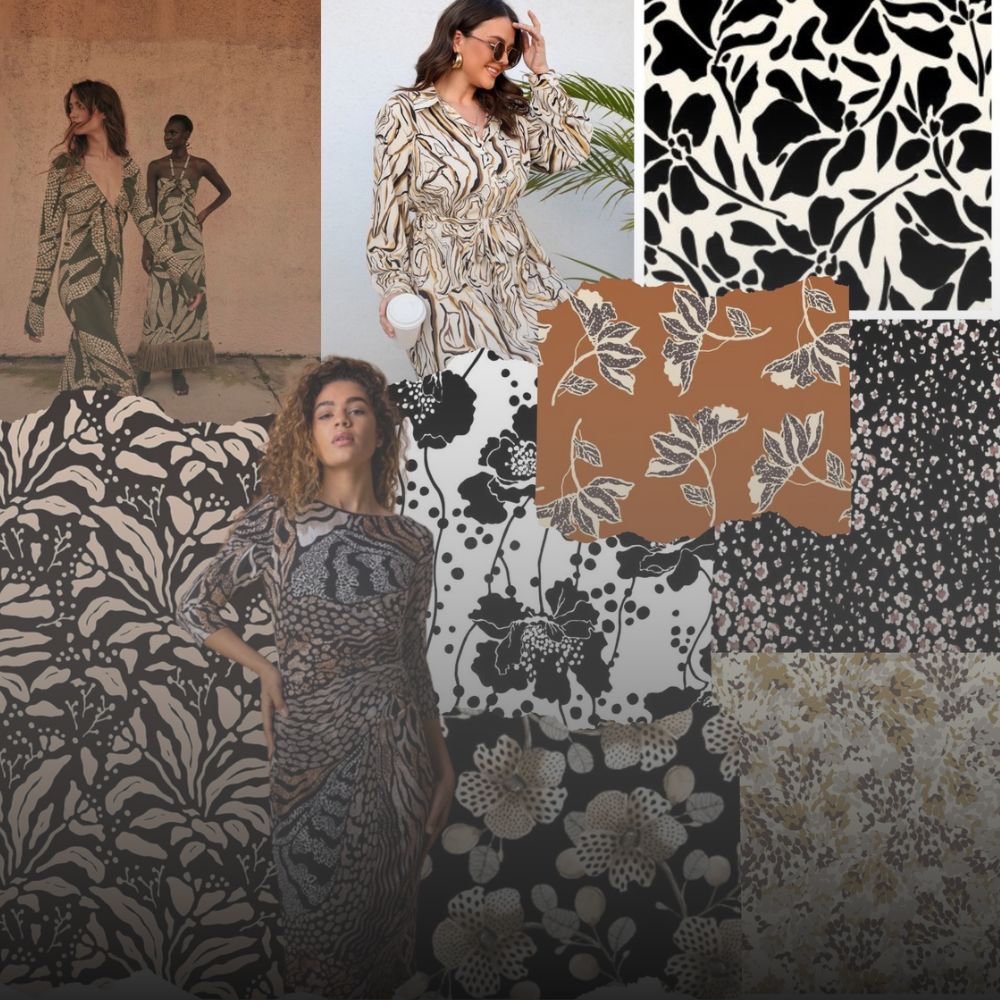
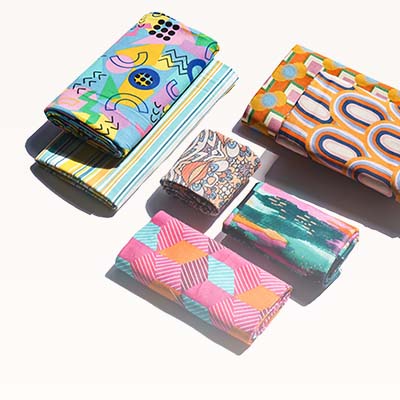
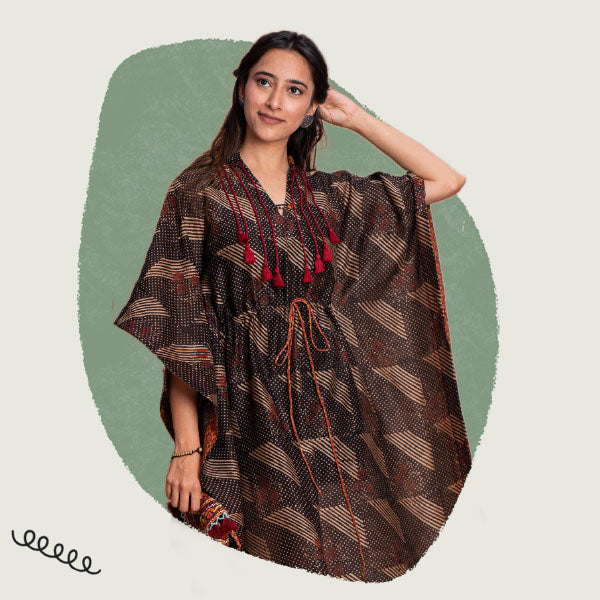
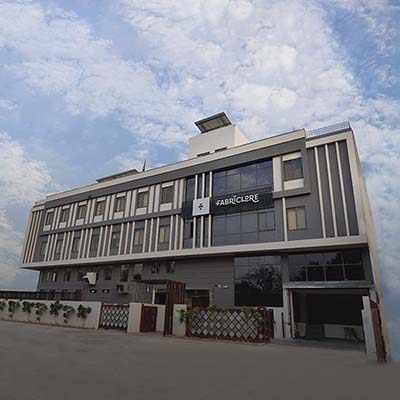
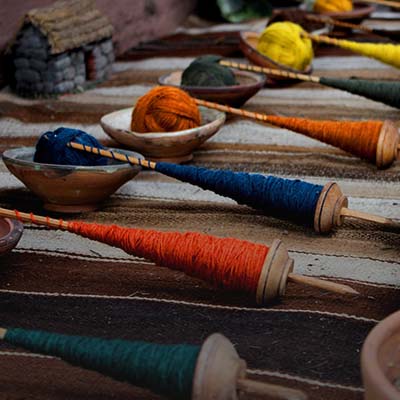




2 comments
Subbarayan Kumar
I have already got Sambalpur silk saree during 1986 through my dear friend B.B.Hemram.
Then I have purchased silk sarees in Vidharth village where the Weavers are living more during 2011.
I like Sambalpur and cotton sarees and men dress material.
Subrata Pradhan
Great website. Just landed out of curiosity.
Leave a comment
All comments are moderated before being published.
This site is protected by reCAPTCHA and the Google Privacy Policy and Terms of Service apply.